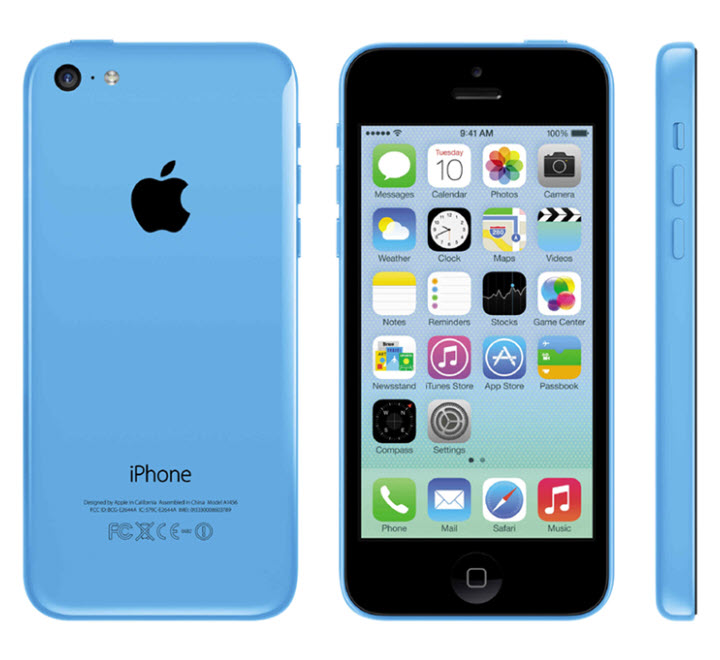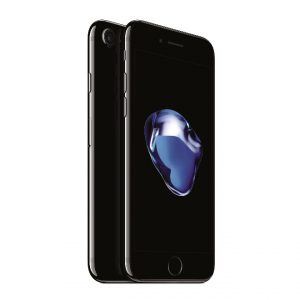Introduction
In the ever-evolving landscape of smartphones, few devices hold as much significance as the Apple iPhone 5. Released in September 2012, the iPhone 5 marked a significant milestone in Apple’s smartphone journey, introducing several key features and design elements that would influence subsequent iterations of the iPhone. As we delve into the legacy of this iconic device, we uncover the innovations, design choices, and lasting impact that continue to shape the smartphone industry today.
Design and Build
One of the most striking aspects of the iPhone 5 was its design. Building upon the foundation laid by its predecessor, the iPhone 4S, Apple opted for a sleeker, more refined aesthetic with the iPhone 5. The device featured a unibody aluminum chassis, which not only enhanced its durability but also contributed to its lightweight feel. At just 7.6mm thick, the iPhone 5 was one of the thinnest smartphones of its time, making it both stylish and practical for everyday use.
Display
The iPhone 5 introduced a larger 4-inch Retina display, a significant departure from the 3.5-inch screen found on previous models. This larger display offered users more screen real estate for browsing the web, viewing photos, and watching videos, while still maintaining the same impressive pixel density that Apple’s Retina displays were known for. The inclusion of in-cell technology also made the display thinner and more responsive, providing a smoother touch experience.
Performance and Hardware
Under the hood, the iPhone 5 boasted significant improvements in performance and hardware. Powered by Apple’s A6 chipset and accompanied by 1GB of RAM, the device delivered snappy performance and smooth multitasking capabilities. The A6 chip not only provided a noticeable boost in processing power but also offered improved graphics performance, making the iPhone 5 well-suited for gaming and multimedia tasks.
Camera
The iPhone 5 featured an 8-megapixel iSight camera, which delivered impressive image quality and enhanced low-light performance. The addition of a sapphire crystal lens cover helped protect the camera lens from scratches and damage, ensuring consistently clear photos and videos. The device also introduced features such as Panorama mode, which allowed users to capture sweeping panoramic shots with ease, further enhancing the camera experience.
Battery
The battery life of the Apple iPhone 5 was considered decent for its time, but by today’s standards, it might not hold up as well. The iPhone 5 was equipped with a non-removable 1440 mAh lithium-ion battery. Apple claimed that the iPhone 5 could provide up to 8 hours of talk time on 3G, up to 8 hours of internet use on 3G, up to 8 hours of internet use on LTE, up to 10 hours of internet use on Wi-Fi, up to 10 hours of video playback, and up to 40 hours of audio playback. However, real-world usage could vary based on factors such as usage patterns, network conditions, installed apps, and battery health over time. With regular use, users typically found that the iPhone 5’s battery could last a full day with moderate usage, but heavy usage might require charging before the end of the day.
RAM
The iPhone 5 is equipped with 1 GB of LPDDR2 (Low Power Double Data Rate 2) RAM. This type of RAM is designed to offer a good balance between performance and power consumption, which helps in extending the battery life of the device. The 1 GB capacity was a significant upgrade from the 512 MB found in its predecessor, the iPhone 4S, allowing for smoother multitasking, quicker app launches, and a more responsive user experience. Paired with the A6 dual-core processor, this RAM supported the device’s ability to handle iOS efficiently and run applications smoothly.
ROM (Internal Storage)
The iPhone 5’s internal storage, often referred to as ROM (Read-Only Memory), comes in three different capacities: 16 GB, 32 GB, and 64 GB of NAND Flash storage. This storage is used to house the operating system, applications, and user data such as photos, videos, and music. The absence of a microSD card slot for expandable storage means that users needed to choose the appropriate capacity at the time of purchase based on their storage needs.
Connectivity
One of the notable advancements introduced with the iPhone 5 was support for 4G LTE connectivity. This allowed for significantly faster data speeds compared to previous iPhone models, enabling smoother web browsing, faster downloads, and seamless streaming of multimedia content. The iPhone 5 also featured improved Wi-Fi performance, supporting dual-band 802.11n Wi-Fi for faster and more reliable wireless connectivity.
Software
The iPhone 5 launched with iOS 6, the latest version of Apple’s mobile operating system at the time. iOS 6 introduced several new features and enhancements, including Apple Maps, Passbook, and improvements to Siri, Apple’s virtual assistant. While iOS 6 received praise for its polished user interface and innovative features, it also faced criticism for the shortcomings of Apple Maps, which lacked the accuracy and reliability of competing mapping services.
Legacy and Impact
The Apple iPhone 5 left an indelible mark on the smartphone industry, shaping the trajectory of mobile technology for years to come. Its sleek design, powerful performance, and innovative features set a new standard for what consumers could expect from a smartphone. The larger display, improved camera, and faster connectivity paved the way for subsequent iPhone models, while also influencing the design and functionality of rival smartphones.
Conclusion
As we reflect on the legacy of the Apple iPhone 5, it becomes clear that this iconic device was more than just a smartphone – it was a symbol of innovation and excellence. From its elegant design to its cutting-edge features, the iPhone 5 captured the imagination of consumers worldwide and cemented Apple’s reputation as a leader in the smartphone industry. While newer models have since surpassed it in terms of performance and capabilities, the iPhone 5 remains a testament to Apple’s commitment to pushing the boundaries of what’s possible in mobile technology.
Frequently Asked Questions (FAQ’s)
Q. Can the iPhone 5 be upgraded to the latest iOS?
A. No, the iPhone 5 cannot be upgraded beyond iOS 10.3.4. The latest iOS versions require more advanced hardware than what the iPhone 5 offers.
Q. How can I reset my iPhone 5 to factory settings?
A. To reset an iPhone 5 to factory settings, go to Settings > General > Reset > Erase All Content and Settings. Make sure to back up your data before doing this.





There are no reviews yet.